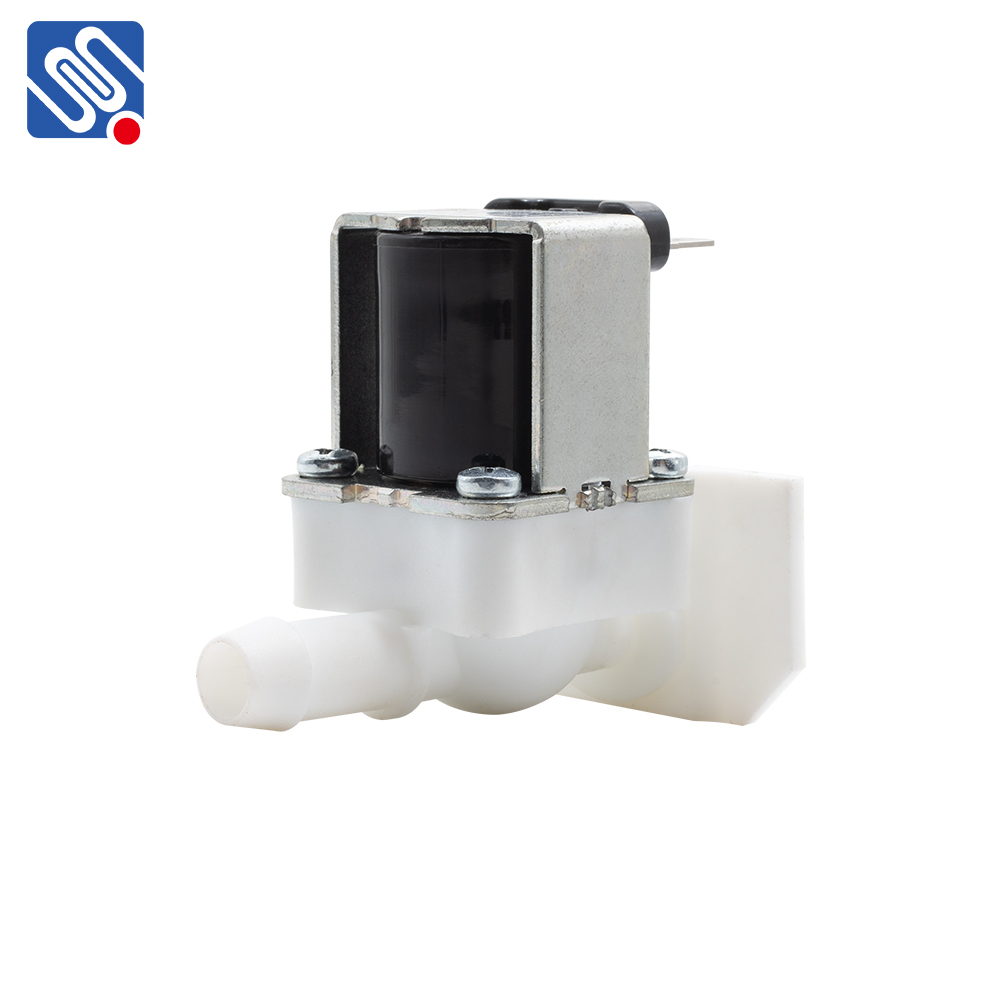A Low Flow Solenoid Valve is an essential component used in various industries to control the flow of fluids or gases with precision at lower flow rates. These valves are designed to provide reliable, efficient control in systems where precise regulation of fluid or gas flow is necessary. In this article, we will explore the key features, working mechanism, applications, and advantages of low flow solenoid valves.

What is a Low Flow Solenoid Valve? A Low Flow Solenoid Valve is a type of electromechanical valve that uses an electric solenoid to open or close a valve. It is specifically designed to control the flow of fluids or gases at lower rates, typically measured in milliliters per minute (ml/min) to a few liters per minute (L/min). These valves are compact, highly responsive, and provide accurate control in applications where low flow rates need to be precisely monitored and adjusted. The solenoid is an electromagnetic device that, when energized, generates a magnetic field that moves a plunger inside the valve body. This movement opens or closes the valve, allowing or restricting the flow of fluid or gas depending on the specific design of the valve. Low flow solenoid valves are often made from materials that are resistant to corrosion, such as stainless steel, brass, or plastic, depending on the application.